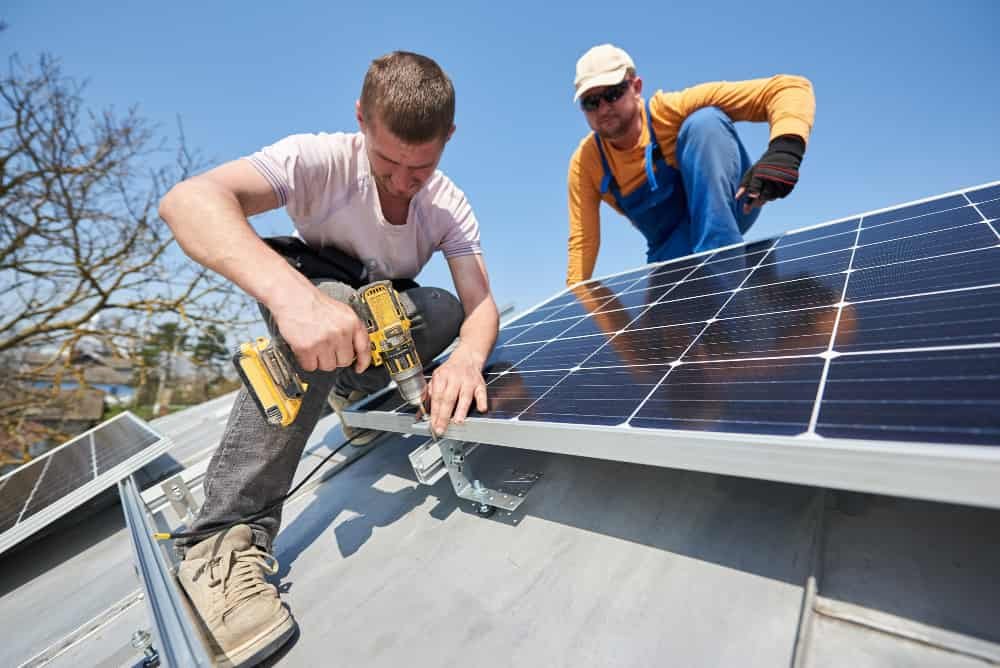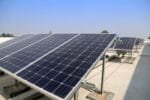As the popularity of solar energy continues to rise, many homeowners are investing in solar panel systems to reduce their energy bills and carbon footprint. However, there may be situations where Solar Removal and Reinstallation is required, a process known as “Detach and Reset.” Whether it’s due to re-roofing, relocating, or upgrading your system, understanding the steps and considerations involved in this process is crucial to ensure your solar investment remains efficient and effective. In this blog, we’ll guide you through the key aspects of solar removal and reinstallation, helping you navigate this important process with confidence.
Why Solar Panels Need to Be Removed and Reinstalled
There are several reasons why you might need to remove and reinstall your solar panels:
- Roof Repairs or Replacement: One of the most common reasons for removing solar panels is roof maintenance. Whether you’re repairing damage or replacing your roof entirely, it’s necessary to remove the panels to protect them and provide unobstructed access for the roofing work.
- System Upgrades: As solar technology advances, you may decide to upgrade your system to more efficient panels or add new components like batteries. Removing and reinstalling the panels is often part of this upgrade process.
- Relocation: If you’re moving to a new home, you might want to take your solar panels with you. In this case, a professional solar removal and reinstallation service can safely transfer your system to the new location.
- Repairs and Maintenance: Sometimes, specific components of your solar system, such as the wiring or inverters, may require maintenance or replacement. Removing the panels may be necessary to access and repair these components.
The Solar Removal & Reinstallation Process
The process of removing and reinstalling solar panels involves several critical steps, each requiring careful planning and professional execution:
- Initial Assessment and Planning: The first step is a thorough assessment of your current solar system and roof condition. This assessment helps determine the best approach for removing and storing the panels, as well as any potential issues that might arise during reinstallation.
- Disconnecting the System: Before any physical work begins, the solar system must be safely disconnected from the grid. This step is crucial to prevent electrical hazards during the removal process.
- Panel Removal: The panels are carefully removed from the roof, ensuring that all electrical connections are safely disconnected. It’s essential to handle the panels with care to avoid damage.
- Storage and Protection: If the panels are not being reinstalled immediately, they need to be stored in a safe, weather-protected environment. Proper storage is vital to prevent damage from environmental factors.
- Roof Work or System Upgrades: With the panels removed, roof repairs or replacement can proceed. Similarly, any system upgrades or maintenance tasks can be performed.
- Reinstallation: Once the roof work or upgrades are complete, the panels are reinstalled. This step includes reconnecting all electrical components, securing the panels to the mounting structures, and ensuring everything is properly aligned and functioning.
- System Testing and Reconnection: After reinstallation, the system is thoroughly tested to ensure it operates correctly. The final step is to reconnect the system to the grid and confirm that it is generating electricity as expected.
Important Considerations
- Professional Expertise: Solar removal and reinstallation is a complex process that requires professional expertise. Attempting to do it yourself can lead to damage to the panels, roof, or electrical system. It’s essential to hire experienced professionals like Solar X LLC, who have the necessary skills and equipment to handle the job safely and efficiently.
- Insurance and Warranties: Before starting the removal and reinstallation process, check your insurance and warranties. Ensure that the process is covered and that any potential damages are accounted for. Some solar panel warranties may become void if the panels are not handled by certified professionals.
- Cost Considerations: The cost of removing and reinstalling solar panels can vary depending on the size and complexity of the system, the condition of the roof, and the specifics of the project. It’s advisable to get a detailed estimate from your solar service provider and consider any additional costs that may arise.
- Timing and Coordination: If you’re removing the panels for roof work or upgrades, coordinate with your contractors to minimize downtime. Efficient planning can reduce the time your solar system is offline, ensuring you continue to benefit from solar energy as soon as possible.
Conclusion
Solar removal and reinstallation is an essential service that ensures your solar system can adapt to your changing needs, whether for maintenance, upgrades, or relocation. By understanding the process and working with experienced professionals like Solar X LLC, you can protect your investment and continue to enjoy the benefits of solar energy. With over 15 years of experience serving New Jersey and eastern Pennsylvania, Solar X LLC is your trusted partner for all your solar needs. Contact us today to learn more about our services and how we can assist you with your solar removal and reinstallation needs.















